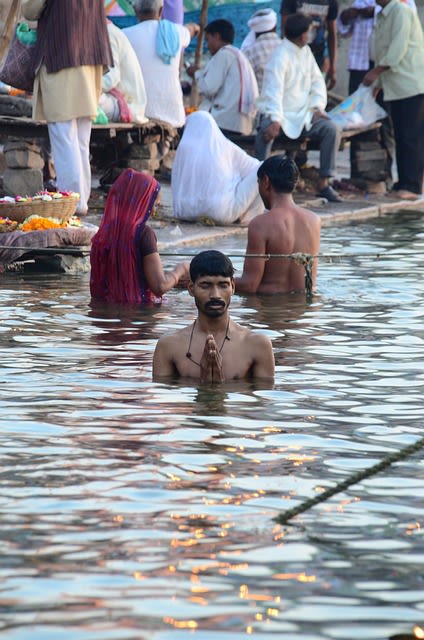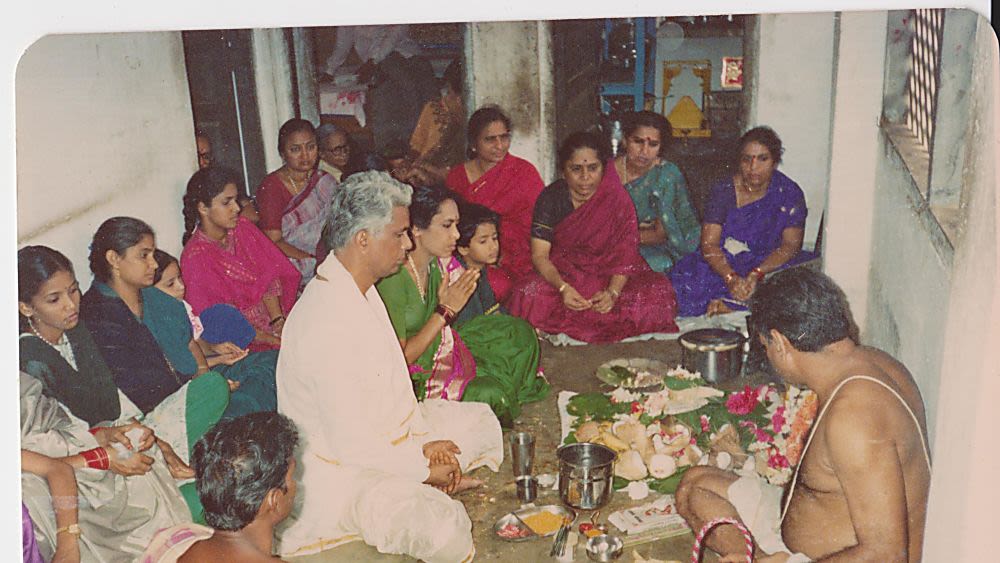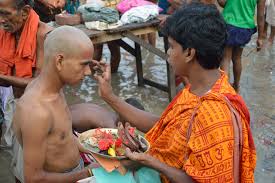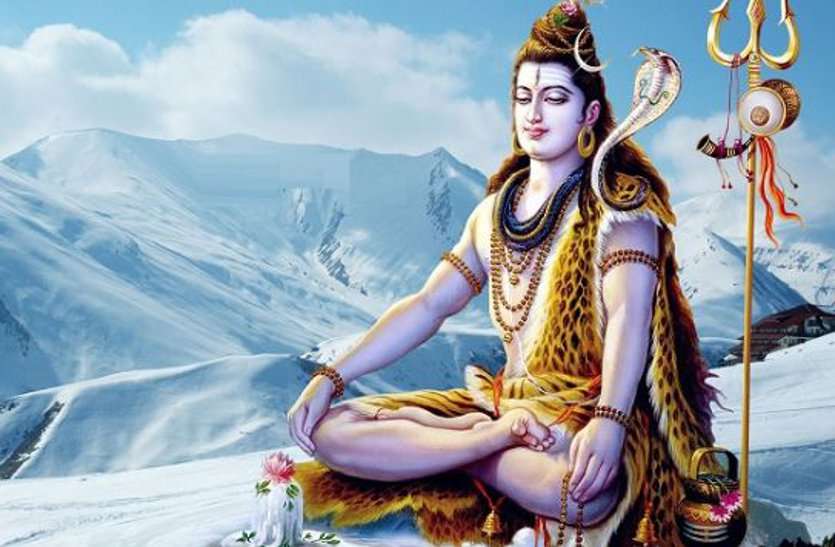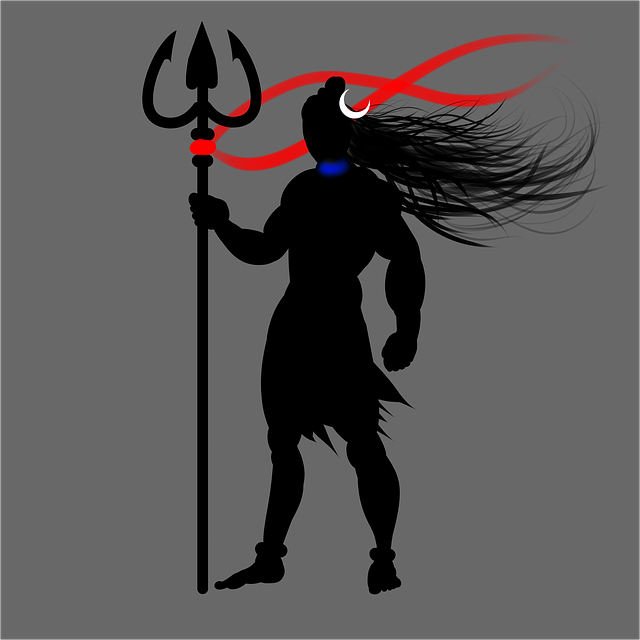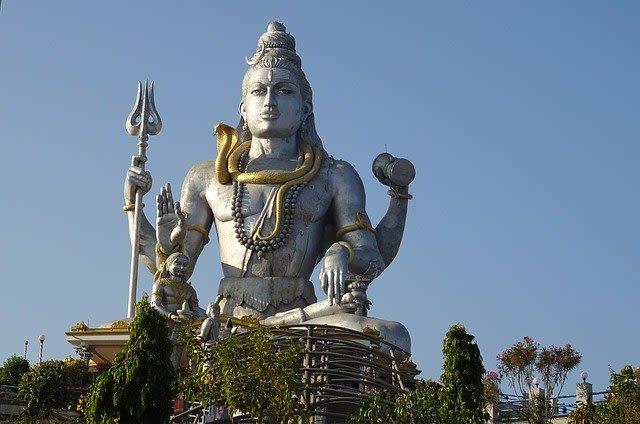Navratri in its basic form is celebrated a number of times every year, but it’s the Sharad Navratri that is the most important of all. This festival usually starts at the beginning of autumn and the concluding day is known as Vijayadashami. In general, Sharad Navratri is the celebration of good over evil. Though many aspects of this tradition vary by region in India and around the world, people enjoy thoroughly celebrating this festival.
This ancient festival focuses on the motherhood of the divine goddess Durga and is usually observed for nine nights; but this year, the Hindu calendar so falls that the festival will last an extra day, and includes two weekends, as well.
Every year during Navratri, Hindus worship different forms of Goddess Durga, who is regarded as being evident with cosmic energy and power. There are various mythological stories behind the celebration of Navratri festival. Some indicate that Lord Shiva gave permission to Durga to visit her mother for nine days, while others describe Durga’s victory following a nine-day battle with the demon Mahishasura.
During this festival, life-size clay figures portraying the battle that took place between the demon Mahishasura and goddess Durga are commonly seen in temples. In addition, all Hindus aim for purity and so they avoid consuming meat, grains, and alcohol in this festival. A household pot is kept lit for nine days and also some devotees observe total fast while others consume only milk and fruit for these nine days.
It is also stated that one should try to imagine the divinity in the tools that are used for daily life such as books, knives, spanners, electrical equipment, computers or larger instruments. All these tools are decorated with flowers and other embellishments with the hope of humbling themselves as well as the items that aid them in their livelihood.

